Letcho, another traditional Hungarian dish, from my kitchen only to you, dear Steemians
👨🍳 Recipe of letcho, its 📖 historical interest and 🔪 preparation


⬅️ Let's stay in touch 😉 |
|---|
✅ Don't forget to follow @gastrocrutch especially if you are interested in gastronomy and crypto and you are open for the new knowledge.
ℹ️ You can get more info about me on my🔗 official achievement-1 introduction. Maybe through this another link, where I provide you more information about my topic of Gastro Crutch and my other services, 🔗 here.

|
|---|
Letcho belongs to the traditional, famous, 20th century Hungarian food classics. Although letcho is also a Balkan dish, today it is considered one of the cornerstones of

Since the
In my description, lecsó ➡️letcho ➡️ letscho meaning totally same thing. The pronunciation of these words is also same.
Tomatoes and peppers were introduced to Hungary by the Turks
Peppers and tomatoes from the New World reached Hungary via Turkish mediation. Although it would be tempting to consider the Turkish Gothic and the menem that developed from it as its predecessor, at the same time, due to the hundreds of years that passed between the Turkish occupation and the appearance of Lecsó, this is unlikely. The Bulgarian gardeners who settled here from the
I tell you, following historical sources
In
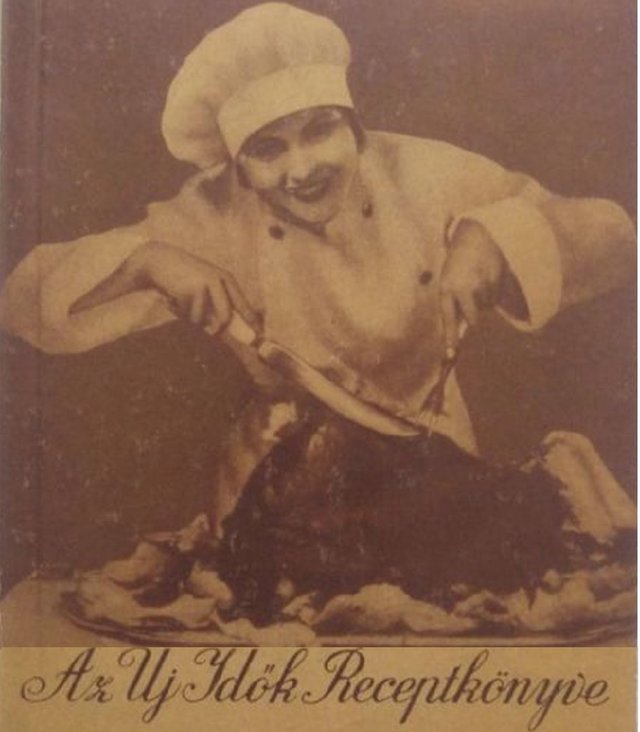
⚖️ From the historical archive of antikvarium.hu, this photo, in the name of spreading Hungarian historical culture, was of course taken over by many websites.✅
The „Új Idők Receptkönyve” describes the recipe for „lecsó for the winter”,
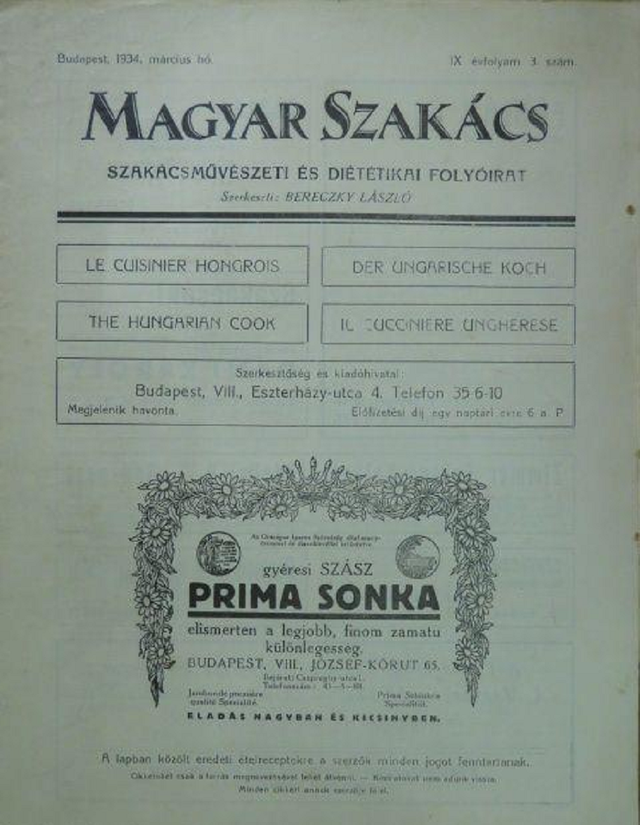
⚖️ The image comes from antikvarium.hu, and this cover is an antiquarian material that can be used free of charge for any knowledge spreading.✅
and the magazine „Magyar Szakács” describes the lecsó from Bácska.

The first occurrence of the word as a local word from Díosjenő, lècső, lècsó = green pepper with tomato, appeared in the
According to some experts, the word is a distorted version of the term všeličo (mixed, all kinds) used by the Slovak-speaking population of Kistompa, located less than 20 kilometers away. Although green peppers and tomatoes were known and cooked in the
|
|---|
💭 I guess right now you're thinking about what does bread szalonna mean❓
You must have remembered it when I wrote about 🔗 a traditional Hungarian dessert specialty, but in this post, similarly difficult situation is here. Bacon is not the same as „szalonna”❗
Bread szalonna alias Hungarian bacon is a very fat bacon 😜
|
|---|
- 1. To prepare the letcho, scald the tomatoes, peel them and cut them into wedges. Wash the peppers, remove the veins and seeds, then cut it into finger-thick rings or any other shape is also fine, it doesn't matter anything, because it will wilt during cooking anyway. Peel the white onion and dice it into small pieces or use a blender as I did. Cut the bread szalonna into small cubes as well.
-
2. Place the bread szalonna into pot or pan with the sausage and fry it over moderate heat. After add the mixed white onion in it, then remove from the heat, sprinkle with red pepper (optional), throw in the tomatoes and add salt to taste. Return to the heat and boil uncovered for a few minutes. Be careful not to add the white onion too early, only when the bread szalonna and sausage are really fired. White onions should not be fried for a long time, because they burn to coals❗
-
3. Stir in the paprika and cook until soft over moderate heat, half-covered, for 15 minutes, then taste and add salt again if necessary. We offer it with fresh bread. Be careful when use salt, because how salty it is depends on the sausage and the bread szalonna.
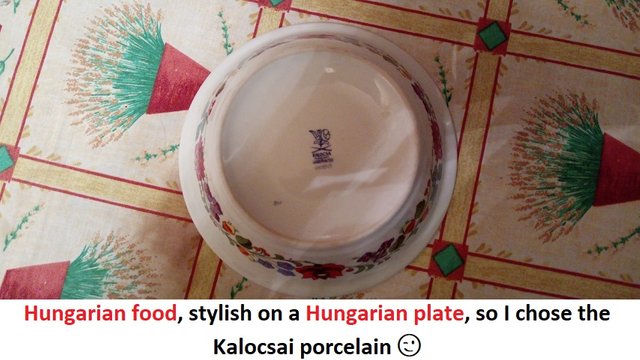  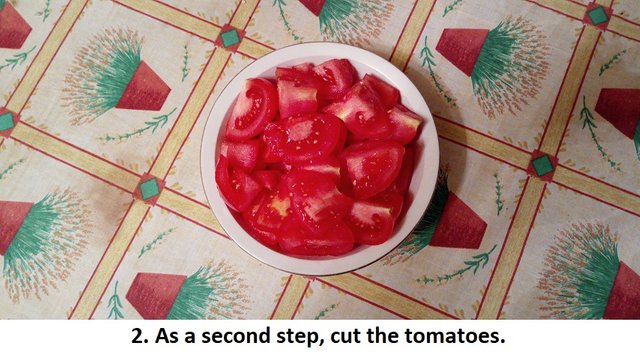 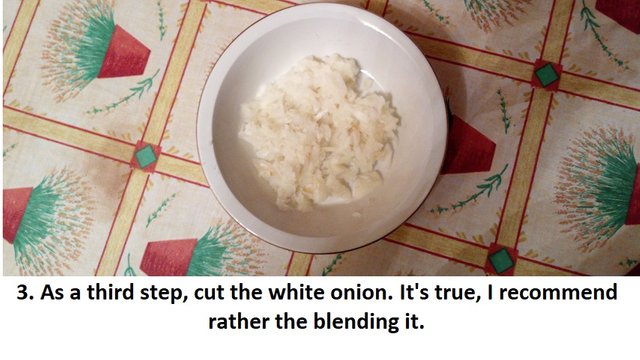   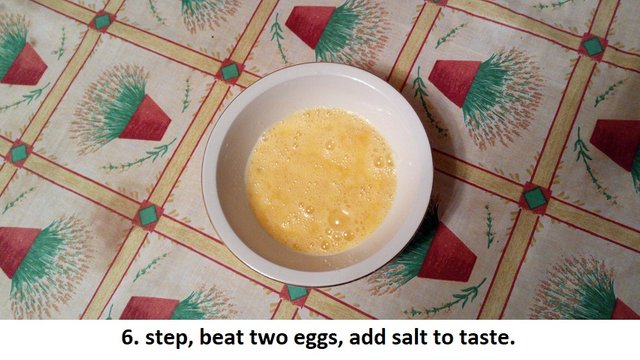   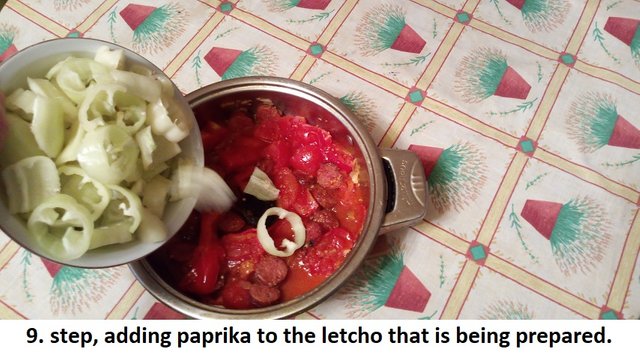 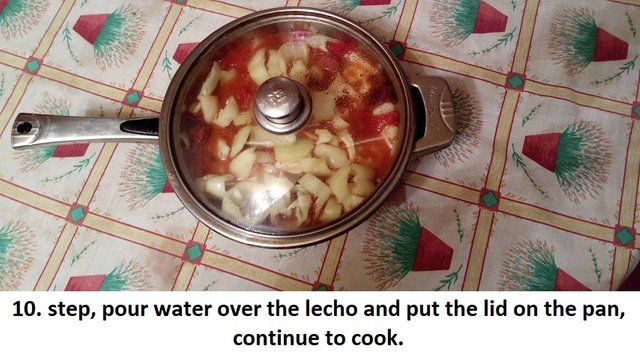 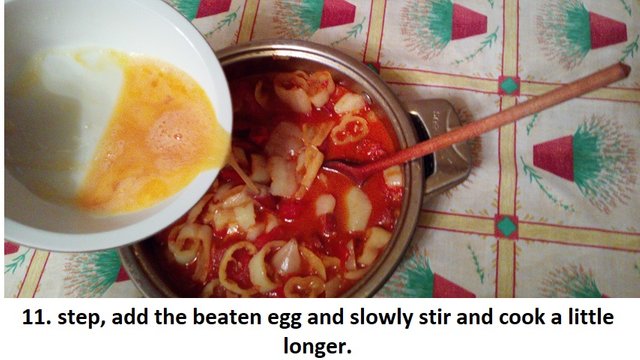 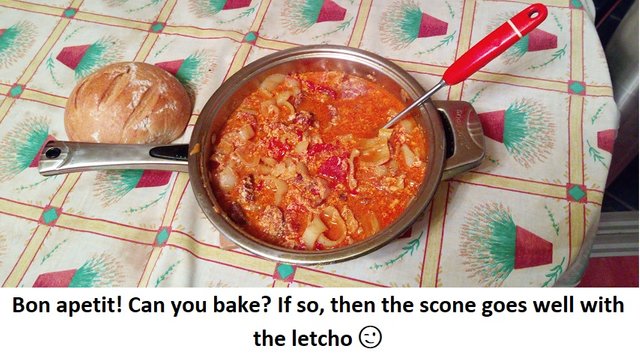 |
⬆️Photos above you can see the process, how I made for you this delicious and famous traditional Hungarian food, the letcho. 🤔 The many photos are also due to the fact that I wanted to test whether the slide show is feasible in a simple Steemit post.
I advise you, definitely look around to see if there is a hungaricum shop in your area, because for example, if you want to add red pepper powder for the letscho, then I recommend Kalocsai.
About the peppers
For example, if you look at the peppers on @lichtblick user's 🔗 „ The Last Peppers and A Green Salad” post, obviously you could coock it also with peppers like that, but the real thing, is the Hungarian peppers for the letcho!
You see, Kalocsa is famous, not only for its porcelain 😊 See you later my friends, enjoy your meal!👋
Thank you for sharing posts, improve the quality of your posts and stay original.
Have a nice day !!!
Thanks for sharing the post in the community!
We can't wait to read your other posts
That letcho look appetizing. Maybe it can be used as a pasta sauce, too right? Thank you for your sharing. I like that the photo slideshow you did. Creative and beautiful post 😊
Yes, for pasta as a sauce, I think it's excellent. For this imagination, an example (photo) from a Hungarian recipe page I know:
https: //izzel-lelekkel.hu/media/styles/1110w/public/lecsos-testzta-olaszosan-recept.jpg.webp?itok=oTzo4yOs
Keep on being active in Steemit community and growing.
You're being supported with Steemit Community account for Newcomers Growth.
Thank you so much dear curator, well you know, I'll do my best. Your reaction is very useful, both of newcomers and veterans also, so keep up your good 😉
Só yummy this dish. And also the interesting details of it, including history and much more. Thank you so much for sharing great content once again. Receive my regards from Latin America 🌎
This is an awesome recipe.
Thaks for the resteem.
Resteemed.
The story of tomato is also interesting in Turks. Tomatoes have spread to the world from American soil. For a while in Europe it was thought to be poisonous because of its color. It came to the Turks as a seed through the British and was consumed green for many years. The fried tomatoes were discarded as they were thought to be rotten. Its use in its current form unfortunately coincides with the end of the 19th century. Although the adventure of pepper begins with tomato, its arrival in Anatolia is with Indian cuisine.
Turkish people still consume green tomatoes and pickled peppers.
Apple pepper (Capsicum annuum L. convar. Longum) is a type of sweet pepper (Capsicum annuum var. grossum). I'm writing because your photo seems to me to have apple peppers.